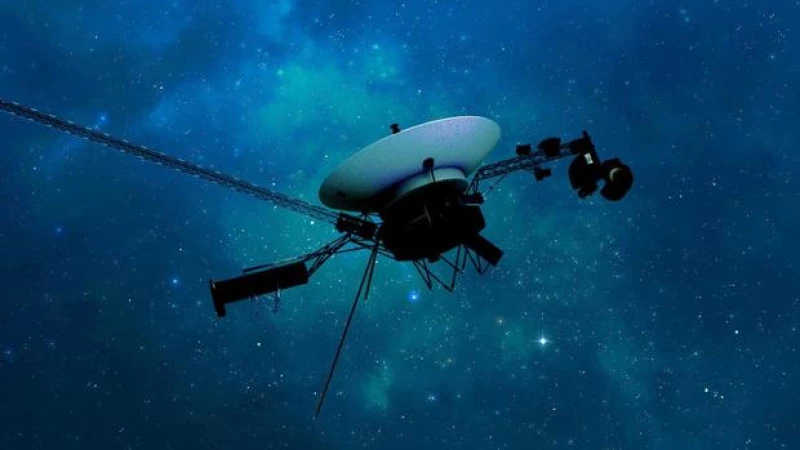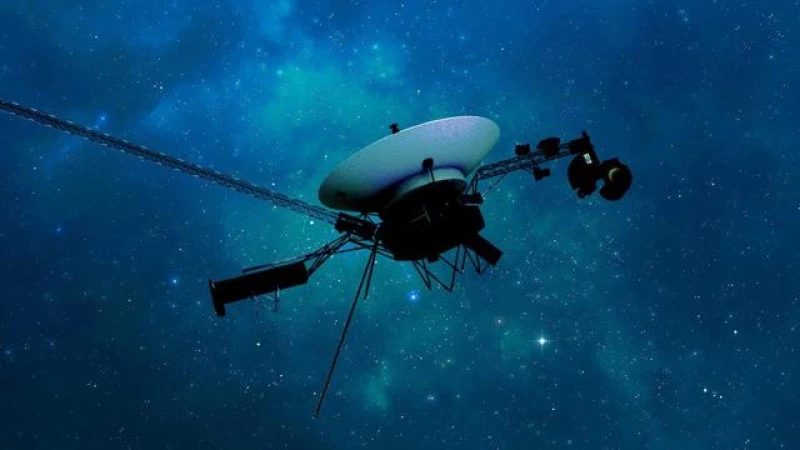The most distant spacecraft from Earth has resumed sending data after a five-month gap, NASA said Monday.
NASA's Voyager 1 spacecraft was launched in 1977, about two weeks after the launch of its twin, Voyager 2. The spacecraft has spent over 45 years studying the outer solar system and has made flybys of Jupiter and Saturn and traveled more than 46,000,000,000 miles.
In November 2023, the spacecraft stopped sending "readable science and engineering data," NASA said in a news release. Mission controllers were able to determine that Voyager 1 was still receiving commands from Earth and operating normally, but the science data could not be read and researchers did not know the status of the craft's onboard engineering systems.

Last month, the craft's engineering team was able to confirm that the issue was related to one of the three onboard computers that make up Voyager 1's flight data subsystem. That system is what packages science and engineering data into a readable format before sending it to Earth. The team determined that "a single chip responsible for storing a portion of the (system's) memory," including some computer software code, wasn't working.
After encountering a chip malfunction on Voyager 1, NASA faced a challenge as the code was too large to fit in one new location. The team had to split the code into multiple sections and relocate them into the flight data subsystem. It was a tedious process that took weeks to complete, but last Thursday, the new location was successfully communicated to Voyager 1.
Due to the vast distance in interstellar space, it took approximately 22 and a half hours for the radio signal to reach Voyager 1. The mission team eagerly awaited a response and on Saturday, they were relieved to confirm that the code modification had been effective.
Although engineers celebrated the successful data transmission, there is more work ahead. NASA announced that in the upcoming weeks, they will continue to relocate and adjust other affected portions of the software, some of which are crucial for returning science data. Meanwhile, Voyager 2 remains on its own interstellar journey.







